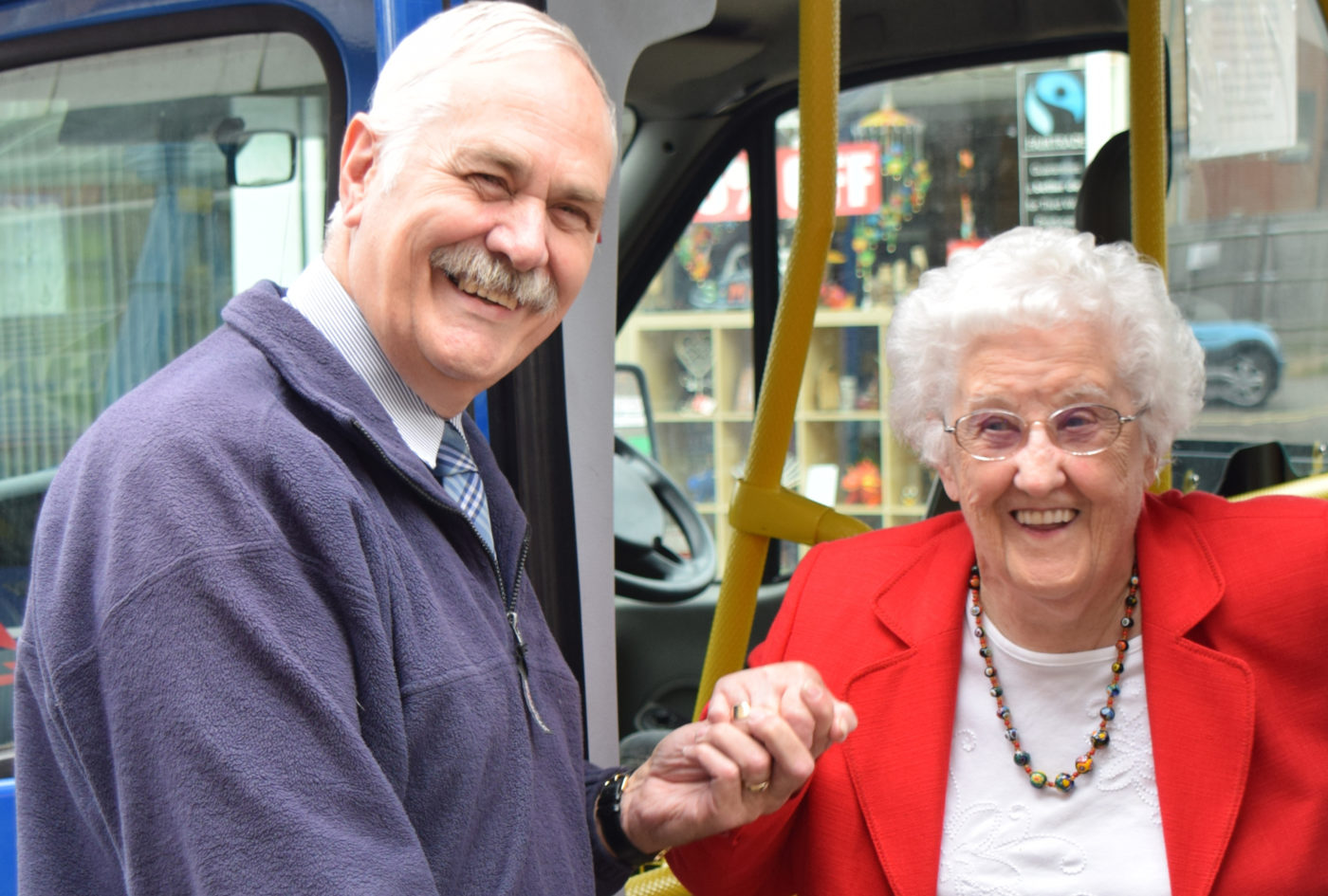-

CTA’s thoughts on the Government’s Inclusive Transport Strategy
-
25th July 2018
-
-
by Bill Freeman
Chief Executive
Today the UK Government has launched its Inclusive Transport Strategy. The Community Transport Association (CTA) welcomes this launch and looks forward to demonstrating and celebrating how community transport connects with, and is central to, so many of the proposed ideas and initiatives within the strategy.
We are a national charity working with thousands of other charities and community groups across the UK that all provide and support local transport services that fulfil a social purpose and community benefit.
Around 30 per cent of CTA’s 1,600 members are charities whose main work is provision of community transport that helps to address the availability, affordability and accessibility of transport options for people that cannot drive and don’t have access to conventional public transport, especially in rural areas. It also recognises that some needs are best met through communities doing things for themselves.
Community transport doesn’t get much of a mention in the strategy, but throughout it we see many opportunities for our members to be involved in creating better, more integrated local passenger transport networks that can meet more needs and be the first and best choice for making a journey.
We welcome the emphasis on inclusion
By putting inclusion at the heart of transport policy and innovation we can create healthier, happier communities and improve connectivity for everyone, not just those whose needs aren’t well met today.
Throughout our work we come across two distinct groups of travellers. Those who have choices and those who don’t – where transport is provided as a means of achieving public policy imperatives or dealing with market failure. Clearly their paths cross in many ways, but the emphasis on inclusion means we can combine their interests more fully to create better networks that meet more needs.
If something isn’t good for people with arthritis or a visual impairment for example, then chances are it’s not great for lots of other people too. By putting the needs of those who face the most disadvantage central to the design of new services or infrastructure we can make it better for everyone.
We also feel its important to champion the merits of a shared transport experience where taking a journey with others helps our physical and mental well-being. All too often innovations in the transport space are about personalisation and autonomy and we need to take care to ensure these do not reduce social-connectedness and foster greater isolation.
There needs to be a strong emphasis on integration
An all-encompassing strategy has the potential to move us beyond mode-centric (silo) thinking. Almost absent from the big picture conversations about integration and multi-modal travel, like Mobility as a Service, is the role of the voluntary sector, especially those who currently face barriers to accessing today’s passenger transport.
Many of the trips CTA members enable will be ‘everyday’ journeys to shops, school, work, visiting family and friends or for a medical appointment. Many will experience taking passengers to their local train station, but it is more likely that they help people who would rarely or never consider a long-distance or multi-modal journey, which includes something like rail travel. Lack of confidence about one part of a multi-model journey, such as getting from the bus to the train platform, can mean the whole journey never takes place.
Because community transport considers their beneficiaries needs in a holistic way, not just seeing them as passenger, they have the potential to be the glue that binds different parts of the network together enabling these incisive journeys to take place.
Final thoughts
Community transport is central to creating a more accessible and inclusive transport network across the UK. With today’s focus from the Government on inclusivity within transport, further weight is added to the need for a satisfactory settlement on community transport regulations that leaves those charities and groups in good shape and able to continue making a difference in their communities.
If you want to read what other national charities have said today here are some links to their media releases and statements:
-
-
- About CTA
- /
- CTA Membership
- /
- CTWeek24
- /
- Policy & Research
- CommunitySolutions: A Manifesto for the Next UK General Election
- Our Campaigning Guide for Community Transport
- Our Policy Work
- Join Our Mapping England Passenger Survey
- Aneurin Bevan Transport to Health
- Climate Action in Scotland
- conneCTing England Programme
- Mapping Scotland Project
- Mapping Wales
- Mapping England
- Tackling Loneliness in England
- Healthy Communities in Scotland
- /
- Advice & Support
- /
- Training
- /
- Events
- /